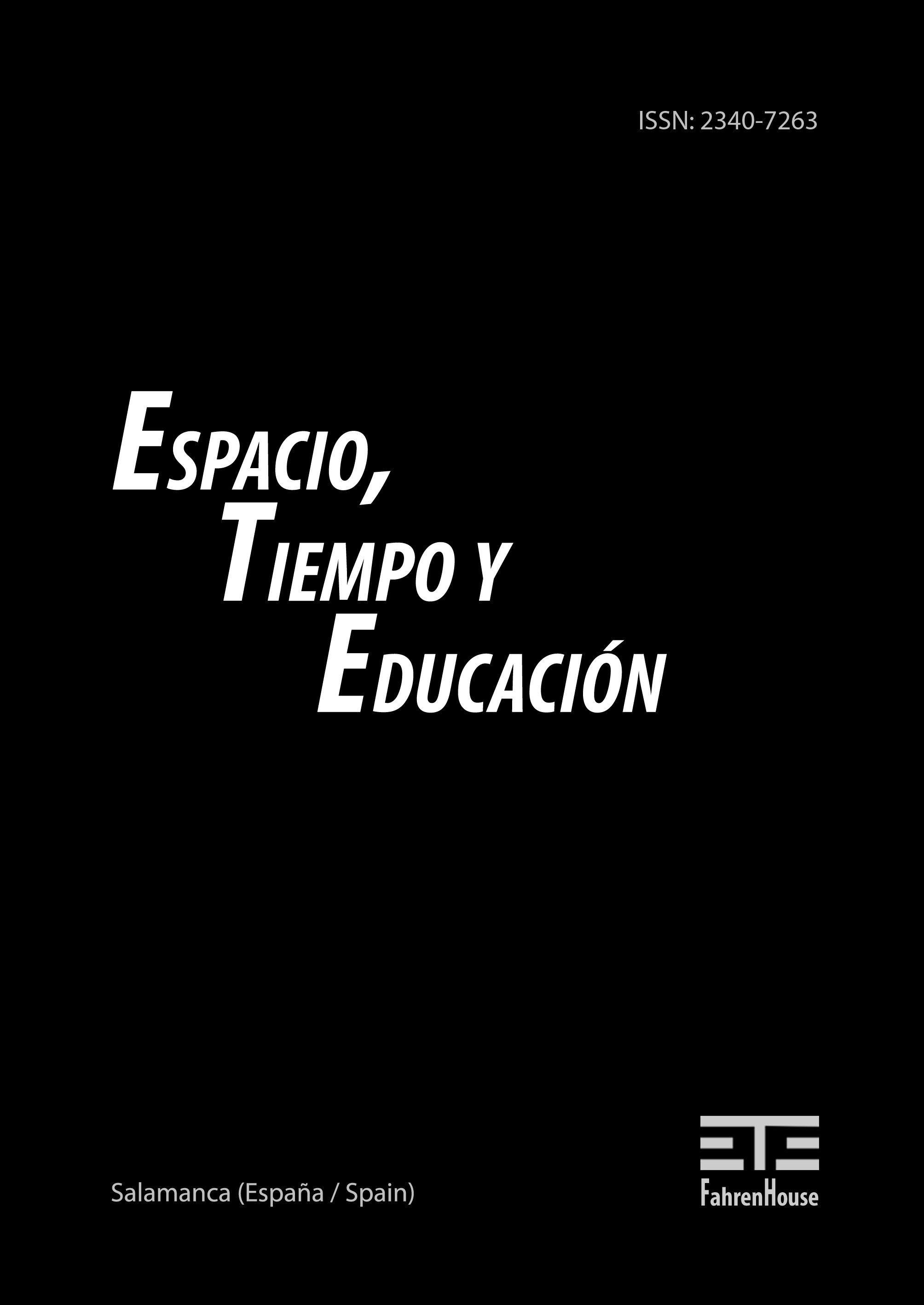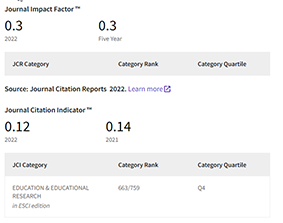Pursuing justice for women: The consummate qualities of Ruth Gibson (1901-1972) as teacher, inspector and international activist
DOI:
https://doi.org/10.14516/ete.437Keywords:
women teachers, school inspectors, career advancement, education bureaucracy, feminist activismAbstract
This article aims to elucidate the qualities of a successful teacher and school inspector, namely Gladys Ruth Gibson (1901-1972), in a highly bureaucratic Australian education department. Using a feminist theoretical framework and traditional archival research into correspondence files, newspapers and documents from relevant organisations, the article traces Gibson’s schooling and career in the South Australian education department as a teacher and school inspector, intertwined with her feminist activism in teachers unions and women’s organisations. Successfully negotiating the entrenched structural inequalities between men and women in the education department, Gibson ascended the «service ladder» by demonstrating qualities such as pedagogical expertise, scholarship, cultural attainments and commitments to professional service to become a school inspector. The same qualities underpinned her feminist activism. Although relegated to a relatively lowly position as an inspector in the education department’s senior management, Gibson’s leadership and commitment to the advancement of women expanded exponentially when she served as president of the National Council of Women, being the peak organisation for Australian women, and as a vice-president of the International Council of Women. In essence, Ruth Gibson was a consummate teacher-inspector-activist in her pursuit of justice for women in the mid-twentieth century.
References
Campbell, C. (2010). Unley High School: One hundred years of public education. Wakefield Press.
Curtis, B. (1992). True government by choice men: Inspection, education and state formation in Canada West. University of Toronto Press.
Fletcher, L. (1982). Early British colonial school inspectors: Agents of imperialism? History of Education, 11(4), 281-310. https://doi.org/10.1080/0046760820110404
Fletcher, P. (1996). Gibson, Gladys Ruth (1901-1972), Australian Dictionary of Biography, National Centre of Biography, Australian National University, http://adb.anu.edu.au/biography/gibson-gladys-ruth-10299/text18223
Goodman, J., & Harrop, S. (2000). «The Peculiar Preserve of the Male Kind»: Women and the Educational Inspectorate, 1893 to the Second World War. In J. Goodman and S. Harrop (Eds.), Women, Educational Policy Making and Administration in England: Authoritative Women since 1881 (pp. 137-155). Routledge.
Hunt, L., & Trotman, J. (2002). Claremont cameos: Women teachers and the building of social capital in Australia. Edith Cowan University.
James, D., & Davis, B. (2009). The genesis of school inspection in South East Wales, 1839-1843: Issues of social control and accountability. History of Education, 38(5), 667-680. https://doi.org/10.1080/00467600802204779
Jolly, E. (2001). A broader vision: Voices of vocational education in twentieth century South Australia. Michael Deves Publishing.
Jones, A. (1985). The development of the role of inspectors of schools in the education department of South Australia, 1875-1970. (unpublished PhD thesis). University of New England, Armidale.
Lokan, J. (2013). Great Australian educators: Ruth Gibson. Professional Educator, 13(1), 26-31.
Mander-Jones, E. (1967). The role of the inspector of schools. Education Gazette, 15 December 1967, Supplement pp. 3-7.
Milewski, P. (2012). Perilous times: An oral history of teachers» experiences of school inspection in the 1930s. History of Education, 41(5), 637-656. https://doi.org/10.1080/0046760X.2012.677482
Moore, K. (2019). James Bonwick: Australian school inspector and Fellenburg disciple. Paedagogica Historica, 55(2), 183-206. https://doi.org/10.1080/00309230.2018.1499782
Morris Matthews, K. (2005). «Imagining home»: women graduate teachers abroad, 1880-1930. History of Education, 32(5), 529-545. https://doi.org/10.1080/0046760032000118327
Pitt, B. (1981). The history of the National Council of Women in South Australia, 1902-1980. National Council of Women.
Quartly, M., & Smart, J. (2015). Respectable radicals: A history of the National Council of Women of Australia, 1896-2006. Monash University Press.
Roca, M., & Marti, J. (2018). The pedagogical foundations of primary school inspector Leonor Serrano (1914-1939). Paedagogica Historica, 54(3), 338-354. https://doi.org/10.1080/00309230.2017.1326953
Theobald, M. (2000). Women, leadership and gender politics in the interwar years: The case of Julia Flynn. History of Education, 29(1), 63-77. https://doi.org/10.1080/004676000284490
Trethewey, L. (2006). «Either you have misunderstood the directions, or you are not playing the game»: South Australian women in educational administration 1900-1960. Journal of Educational Administration and History, 38(1), 1-18. https://doi.org/10.1080/00220620600552318
Turney, C. (1970). The rise and decline of an Australian inspectorate. Critical Studies in Education, 12(1), 160-213. https://doi.org/10.1080/17508487009556026
Whitehead, K. (1996). «Many Industrial troubles are due to the presence of female labour»: The Women Teachers Guild in South Australia, 1937-1942. Historical Studies in Education/ Revue d’histoire de l’education, 8(1), 25-41.
Whitehead, K. (2021). Troubling gender relations with the appointment of «that lady inspector» in post-suffrage South Australia. In T. Allender and S. Spencer (Eds), «Femininity» and the history of women’s education (pp. 89-118). Palgrave Macmillan.
Whitehead, K. (2005). Vocation, career and character in early twentieth-century women teachers» work in city schools. History of Education, 34(6), 579-598. https://doi.org/10.1080/00467600500313880
Wilson, P. (1963). Inspection with a difference. Journal of Educational Administration, 1(2), 53-61. https://doi.org/10.1108/eb009571







